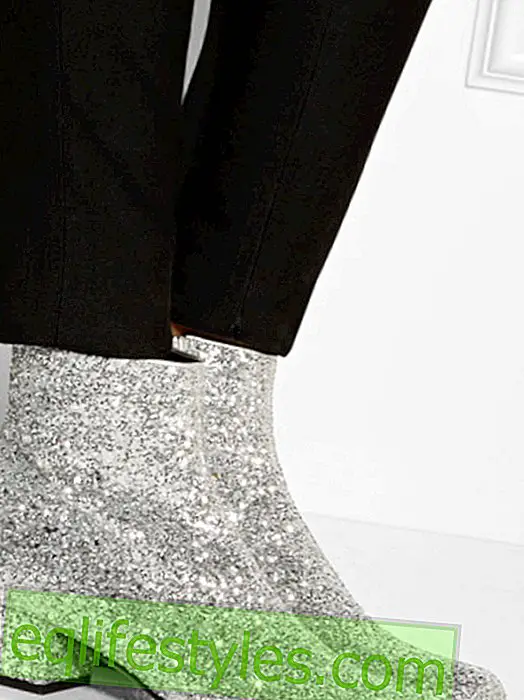
Photo: Thinkstock
- When the hair becomes lighter
- From bald spots to complete loss of hair
- Often the hair spontaneously returns
- How does Alopecia Areata come about?
- Who suffers from Alopecia Areata?
- Whether with or without therapy - the course of the disease hardly differs
When the hair becomes lighter
It's a nightmare. When the hair, which is so light in the first place, becomes holes, most people are shocked. Almost 1.5 million people in Germany are affected by Alopecia Areata (AA), in English: circular hair loss. And it can meet everyone. Man or woman. Child or adult. Without notice and without warning.
Suddenly they are there, the bald spots. Just now you have joked about light hair. And you're already affected. The hairless circles, which are on average 2-6 cm tall, appear as if from nowhere. You can not prevent them, nor are they predictable. The course also varies from case to case.
From bald spots to complete loss of hair
Some lose only a few hairs on their heads (AA totalis), the others all lose hair on their body (AA universalis). Alopecia Areata can affect the eyebrows and eyelashes as well as the pubic and armpit hairs. "Some have only one or two small spots, others quite a few that are expanding more and more, and in a few cases complete hair loss, " says Anita Macionga-Knauer, who herself has been affected for more than 30 years.
Often the hair spontaneously returns
Unfortunately, very few patients have had Alopecia Areata all their life. In the majority of those affected the disease disappears after 3-6 months alone. First, the hair grows without color and in a fine structure, later then their usual splendor. Whether the hair completely recovers is different from case to case and unpredictable. In general, the lower the rate of hair loss, the greater the chance of recovery. Not infrequently, the hair falls out a second and a third time. The disease can come again and again. The reason for this is a focus of inflammation, which, although slowed down, is not healed in its origin.
How does Alopecia Areata come about?
The causes of alopecia areata are unknown. What is certain, however, is that the circular hair loss is a genetic autoimmune disease. It is assumed that immune cells, which are otherwise responsible for the defense against viruses and bacteria, are directed against the cells in the hair roots of the body. Simply put, the hair is shed by the immune system. If this inflammatory process can be stopped, the hair grows again.
Who suffers from Alopecia Areata?
As a result of speculation, circular hair loss occurs as a result of mental problems. A guess that is scientifically unconfirmed. What is certain, however, is that the hereditary component plays an important role. In 10-25% of the patients, alopecia areata occurs more in the family.
Whether with or without therapy - the course of the disease hardly differs
Alopecia Areata is not curable. Although the disease is known worldwide, there is still no effective treatment option. Only the symptoms can be alleviated. Again, therapy is effective only until it is discontinued. Therefore, most doctors advise to wait. What sounds difficult and unimaginable can be the solution in many cases. Especially in children with early therapy there is a risk that the self-healing powers are suppressed. The spontaneous healing rate, the re-arriving hair growth without previous therapy, is 75-80%. Those who suffer from alopecia areata, feel no pain or an unpleasant itching of the scalp. The worst pain, especially for women, is the pain of having to live without hair. It is not uncommon for them to suffer from severe depression or to withdraw completely from social life. Sharing with other stakeholders can help. The best example of a happy life is this young woman.









